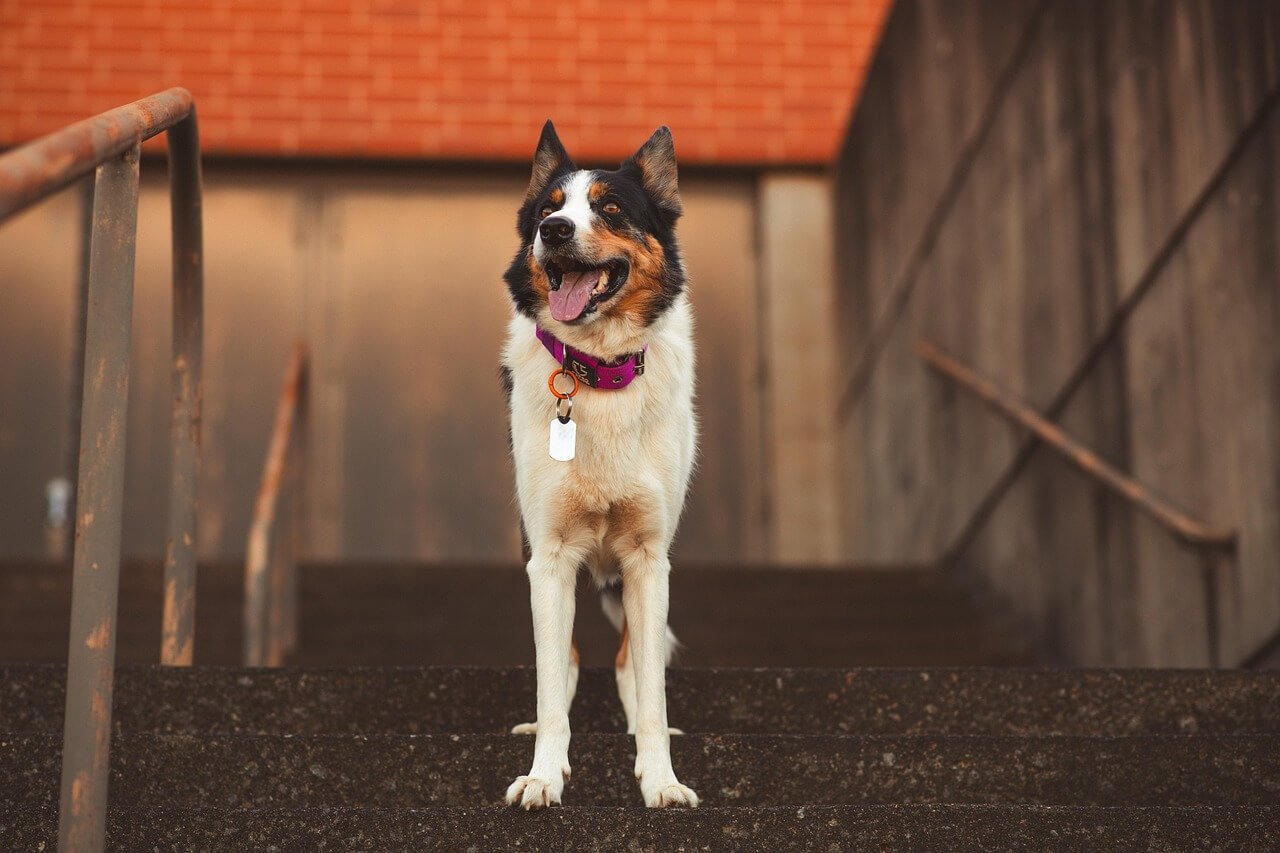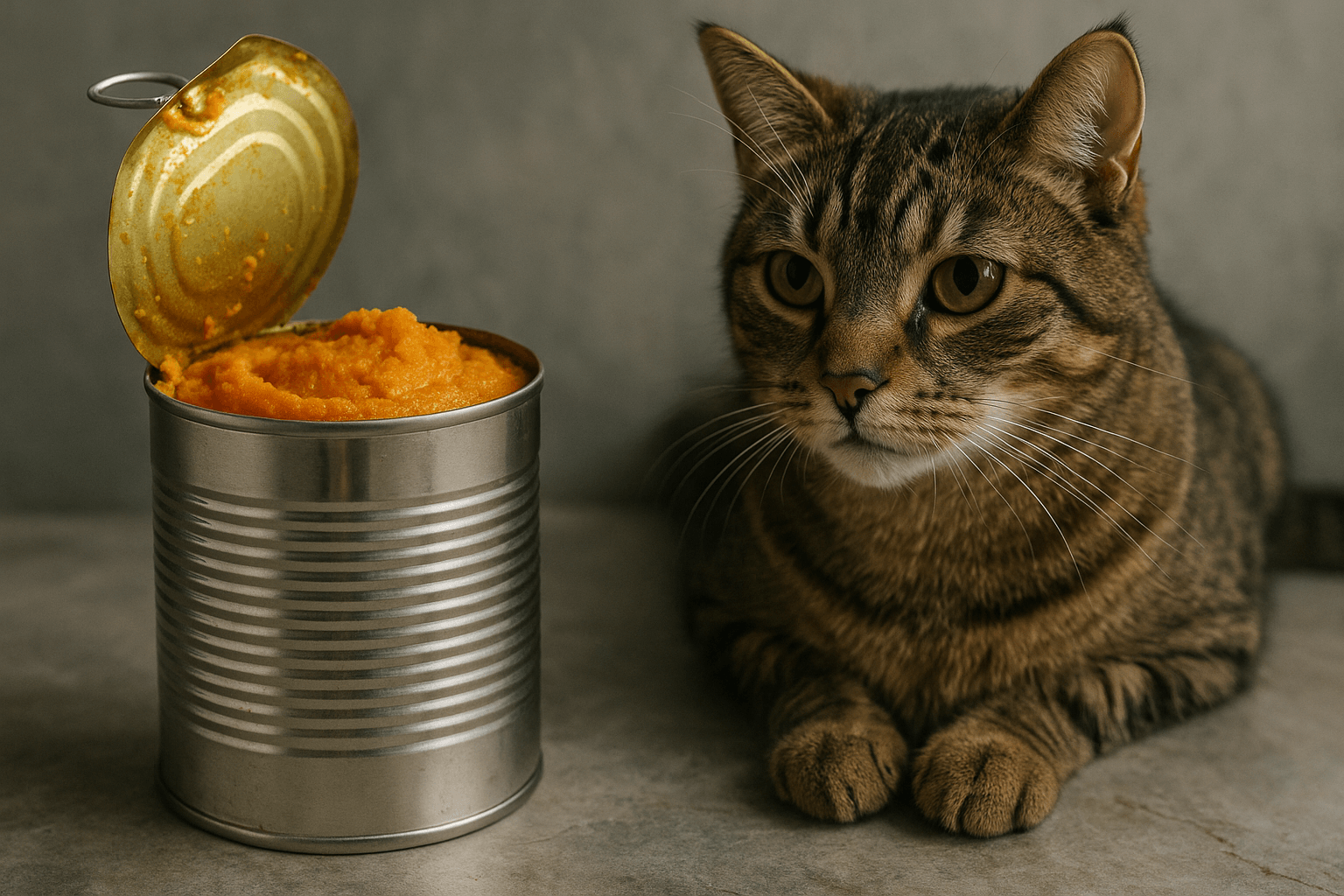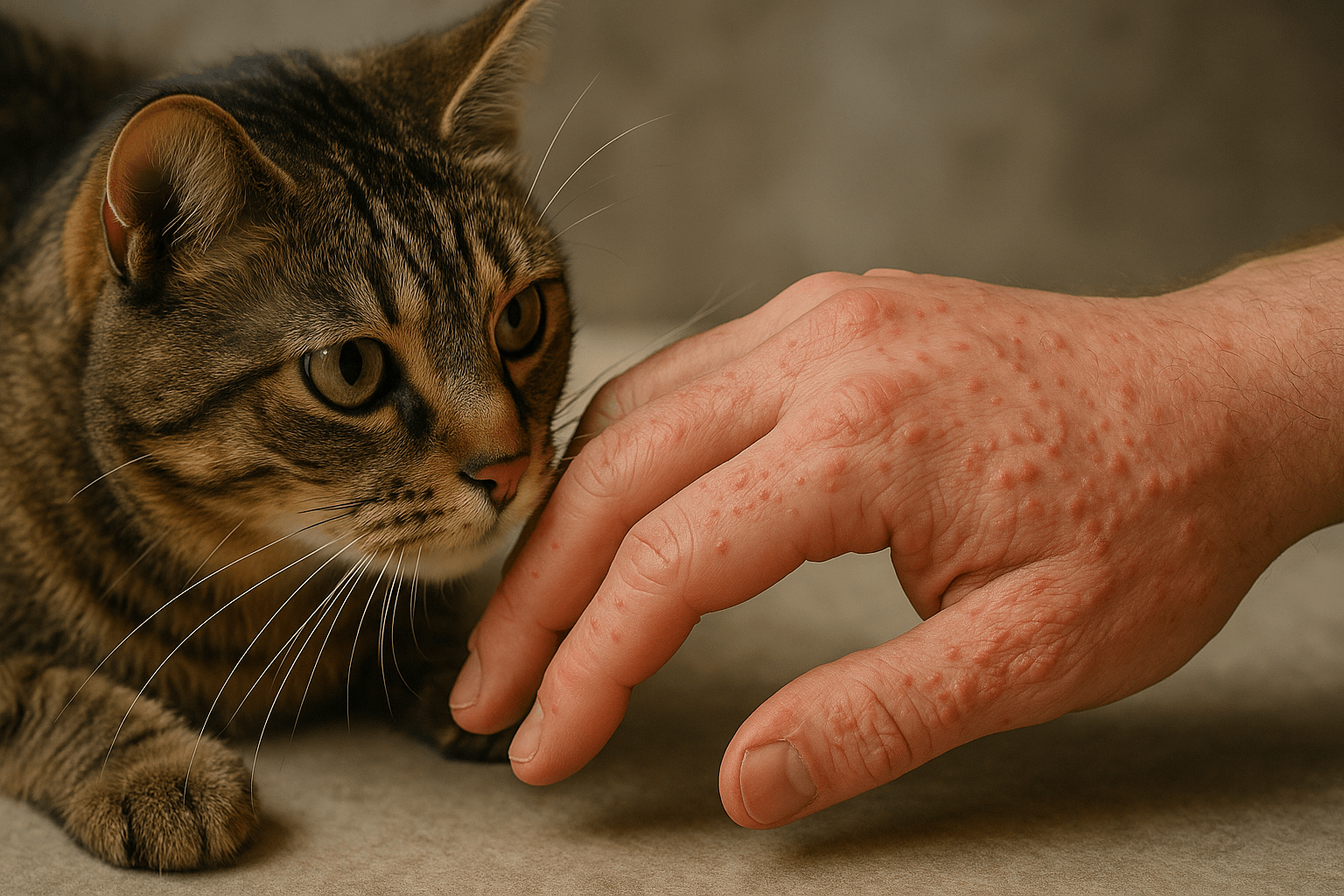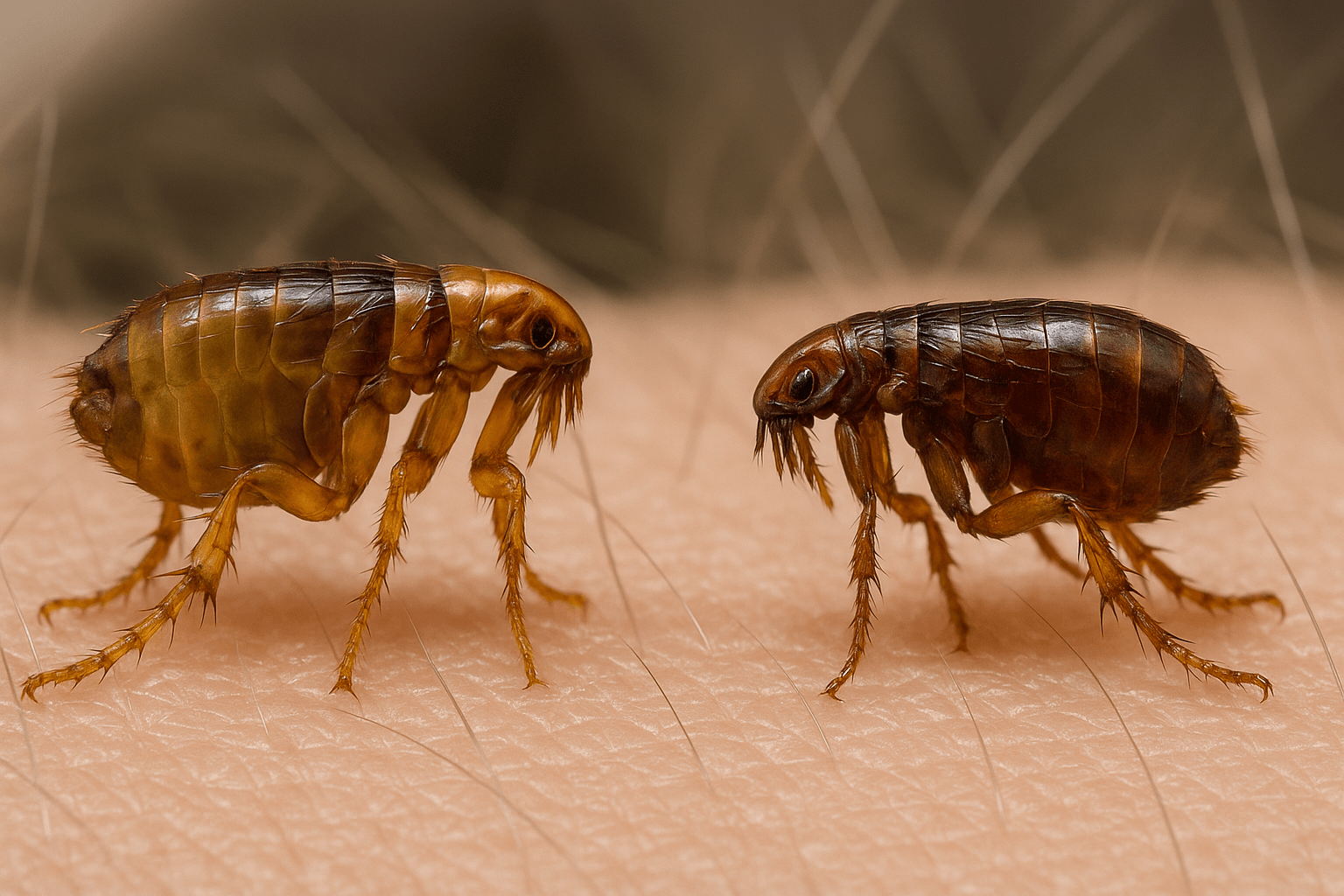Robitussin DM Dosage for Dogs: A Safe and Effective Guide
When your dog is struggling with a persistent cough, it’s natural to want to provide relief as quickly as possible. While there are many over-the-counter medications designed for humans, not all are safe for our furry friends. One exception is Robitussin DM, a cough suppressant that veterinarians sometimes recommend for dogs under specific circumstances. However, understanding the correct Robitussin DM dosage for dogs is crucial to ensure their safety and well-being. In this blog post, we’ll explore how this medication works, its potential benefits, and important precautions to keep in mind. Whether you’re considering using Robitussin DM or simply want to be informed, this guide will help you make the best decision for your dog’s health.
Understanding Robitussin DM and Its Uses for Dogs
Robitussin DM is a combination of dextromethorphan (a cough suppressant) and guaifenesin (an expectorant). While it’s primarily formulated for humans, veterinarians may recommend it for dogs suffering from conditions like kennel cough or other respiratory issues. However, it’s essential to understand its uses and limitations before administering it to your pet. Here’s what you need to know:
Dextromethorphan helps reduce the urge to cough by calming the brain’s cough reflex
Guaifenesin thins mucus, making it easier for your dog to expel phlegm
It should only be used for non-productive, dry coughs—not for wet, productive coughs
Always consult your veterinarian before giving any human medication to your dog
Avoid formulations containing alcohol, acetaminophen, or other harmful additives
While Robitussin DM can provide relief, it’s not a substitute for proper veterinary care. Always confirm its suitability for your dog’s specific condition with a professional.
How to Determine the Correct Robitussin DM Dosage for Dogs
Administering the right dosage is critical to avoid underdosing or overdosing, both of which can have serious consequences. The correct Robitussin DM dosage for dogs depends on factors like your dog’s weight, age, and overall health. Here’s a general guideline to help you understand how dosing works:
The typical dose is 1 mg of dextromethorphan per pound of body weight
This translates to approximately ½ teaspoon of Robitussin DM per 10 pounds of body weight
Administer the medication every 8 to 12 hours as needed
Use an oral syringe or measuring spoon to ensure accuracy
Never exceed the recommended dosage without veterinary approval
Dosage precision is key to ensuring your dog receives the intended benefits without risking side effects. When in doubt, always double-check with your vet.
Check this guide 👉Understanding Ivermectin Dog Dosage: Best 7 Health Tips!
Check this guide 👉The Right Dosage of Diazepam for Dogs: Best 7 Tips!
Check this guide 👉Understanding Melatonin Dosage for Dogs: Best 7 Expert Tips!
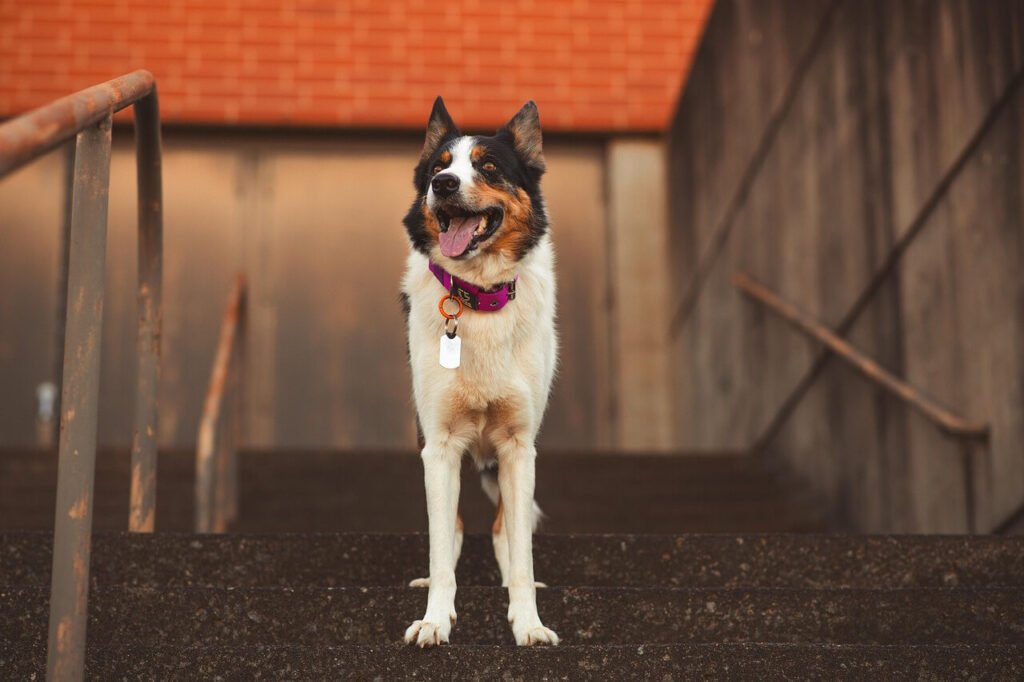
Safe Ingredients in Robitussin DM | Harmful Additives to Avoid |
|---|---|
Dextromethorphan (cough suppressant) | Alcohol |
Guaifenesin (expectorant) | Acetaminophen |
Water-based formulations | Pseudoephedrine |
Sugar-free versions | Artificial sweeteners like xylitol |
Preservative-free options | Caffeine |
Potential Side Effects of Robitussin DM in Dogs
While Robitussin DM is generally safe when administered correctly, some dogs may experience side effects. Being aware of these potential reactions can help you respond promptly if they occur. Here are common side effects to watch for:
Mild sedation or drowsiness after administration
Upset stomach, including vomiting or diarrhea
Increased heart rate or restlessness
Difficulty breathing in rare cases
Allergic reactions like swelling or itching
If your dog exhibits severe side effects, stop the medication immediately and contact your veterinarian. Monitoring your dog closely ensures their safety during treatment.
Precautions to Take Before Using Robitussin DM
Before giving Robitussin DM to your dog, it’s important to take certain precautions to ensure their safety. These steps can help prevent complications and ensure the medication is appropriate for your dog’s needs. Here’s what to consider:
Confirm your dog’s diagnosis with a veterinarian to rule out underlying conditions
Check for pre-existing health issues like liver or kidney disease
Avoid using if your dog is pregnant, nursing, or on other medications
Store the medication securely to prevent accidental ingestion
Keep a close eye on your dog after the first dose to monitor for adverse reactions
Taking these precautions minimizes risks and ensures that Robitussin DM is used safely and effectively. Always prioritize professional guidance over self-diagnosis.
Alternatives to Robitussin DM for Dogs
If you’re hesitant about using Robitussin DM or your dog doesn’t tolerate it well, there are alternative treatments and remedies that can help soothe their cough. These options range from natural solutions to prescription medications, depending on the underlying cause of the cough. Here are some alternatives to consider:
Use a humidifier to keep the air moist and ease respiratory discomfort
Offer honey (for dogs over one year old) to soothe throat irritation
Provide warm broth or bone broth to hydrate and comfort
Ask your vet about prescription medications like hydrocodone or butorphanol
Consider herbal supplements like slippery elm or marshmallow root
Exploring these alternatives can provide relief while avoiding potential risks associated with over-the-counter medications. Always consult your vet before trying new remedies to ensure they’re safe for your dog.
Signs Your Dog’s Cough May Require Immediate Attention
While a mild cough might not be an emergency, certain symptoms indicate that your dog needs immediate veterinary care. Recognizing these red flags can prevent complications and ensure timely treatment. Here are signs that warrant urgent attention:
Difficulty breathing or gasping for air
Coughing up blood or mucus
A persistent cough lasting more than a week
Lethargy or unwillingness to eat or drink
Blue gums or tongue, indicating oxygen deprivation
If your dog exhibits any of these symptoms, seek emergency care immediately. Early intervention can make all the difference in treating serious conditions like pneumonia or heart disease.
Tips for Preventing Respiratory Issues in Dogs
Preventing respiratory issues is always better than treating them. By taking proactive steps, you can reduce the likelihood of your dog developing a cough or other respiratory problems. Here are some preventive measures to incorporate into your dog’s routine:
Keep your dog’s vaccinations up to date to prevent infectious diseases
Avoid exposing your dog to smoke, strong chemicals, or allergens
Limit interactions with unfamiliar dogs in crowded environments like kennels
Maintain a healthy weight to reduce strain on their respiratory system
Schedule regular vet check-ups to catch potential issues early
By focusing on prevention, you can help your dog stay healthy and minimize the need for medications like Robitussin DM. A proactive approach ensures a happier, healthier life for your furry friend.
FAQ
Can I give my dog Robitussin DM without consulting a vet?
No, it’s essential to consult your veterinarian before administering any medication, even if it’s considered safe for dogs.
What happens if I accidentally overdose my dog on Robitussin DM?
Overdosing can lead to serious side effects like seizures or difficulty breathing. Contact your vet or an emergency clinic immediately.
Is Robitussin DM safe for puppies?
It’s generally not recommended for puppies unless specifically prescribed by a veterinarian due to their developing systems.
Can I use any Robitussin product for my dog?
No, only Robitussin DM with dextromethorphan and guaifenesin is safe. Avoid products with alcohol, acetaminophen, or other harmful additives.
How long does it take for Robitussin DM to work in dogs?
The effects typically begin within 30 minutes to an hour after administration.
Conclusion: Prioritize Safety When Using Robitussin DM for Dogs
While Robitussin DM can be a helpful tool for managing your dog’s cough, it’s crucial to approach its use with caution and care. Understanding the correct Robitussin DM dosage for dogs , recognizing potential side effects, and taking necessary precautions ensures your dog’s safety and well-being. Always consult your veterinarian before administering any medication, as they can provide tailored advice based on your dog’s unique needs. By staying informed and vigilant, you can provide your furry companion with the relief they need while avoiding unnecessary risks. Remember, your dog’s health is worth the extra effort—and your vet is always your best resource.
Canned Pumpkin for Cat Diarrhea: Best 7 Expert Tips! Natural remedy to firm stools, soothe upset bellies, and support gut health safely.
Can a Cat Give You Scabies? Best 7 Expert Tips! Discover the truth about feline mites, human skin risks, and how to protect yourself—without panic.
Cat Flea vs Human Flea: Best 7 Expert Tips! Discover the truth about bites, species, and how to eliminate infestations for good.
Weird Cat Behaviors: Best 7 Expert Tips! Discover why cats do strange things—and how to understand, not punish, their instincts for a happier home.

